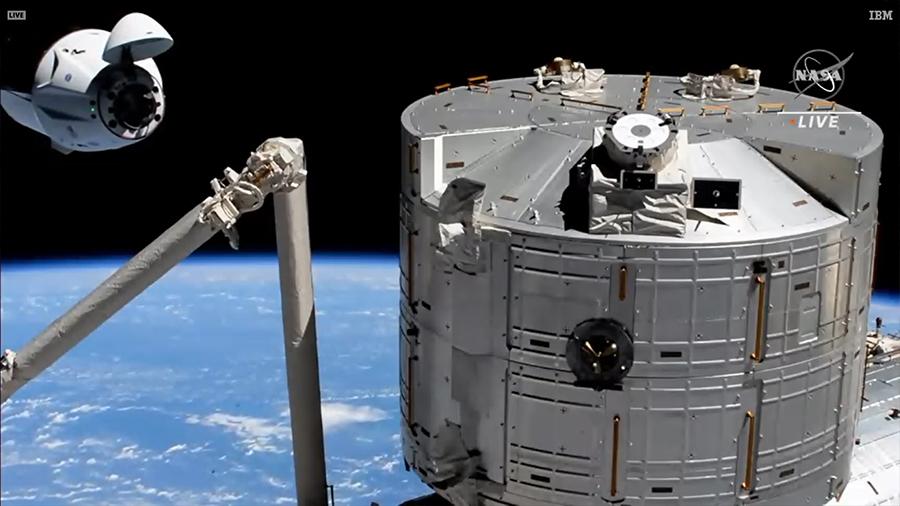
Credit: NASA
HOUSTON—SpaceX’s NASA-contracted Crew-2 Dragon successfully docked with the International Space Station (ISS) early April 24, delivering a four-member, multinational crew for a six-month tour of duty. The capsule carrying NASA’s Shane Kimbrough and Megan McArthur, the spacecraft’s commander and...
Subscription Required
This content requires a subscription to one of the Aviation Week Intelligence Network (AWIN) bundles.
Schedule a demo today to find out how you can access this content and similar content related to your area of the global aviation industry.
Already an AWIN subscriber? Login
Did you know? Aviation Week has won top honors multiple times in the Jesse H. Neal National Business Journalism Awards, the business-to-business media equivalent of the Pulitzer Prizes.


